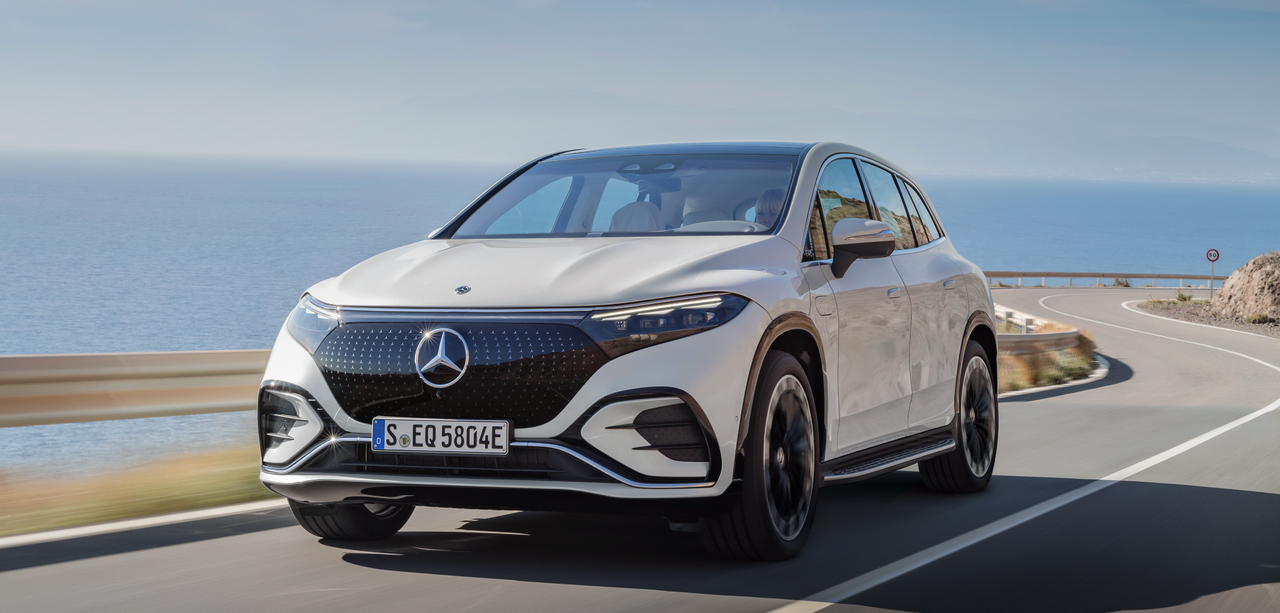Mediocre Performance in the Car World
This evening, Mercedes-Benz unveiled its first large luxury all-electric 7-seater EQS SUV. The most intuitive feel is that Mercedes-Benz has put out the slogan “redefine SUV luxury”.
Three models have been launched: EQS 450+, EQS450 4MATIC, EQS 580 4MATIC, let’s take a look at the main parameters.
Vehicle Chassis
- Vehicle size: 5,125/1,959/1,718 mm, wheelbase 3,210 mm;
- Equipped with standard 4.5° rear-wheel steering, optional highest 10° rear-wheel steering, turning diameter of 11 m;
- Front four-bar linkage and rear multi-link, continuously adjustable damping AIRMATIC air suspension;
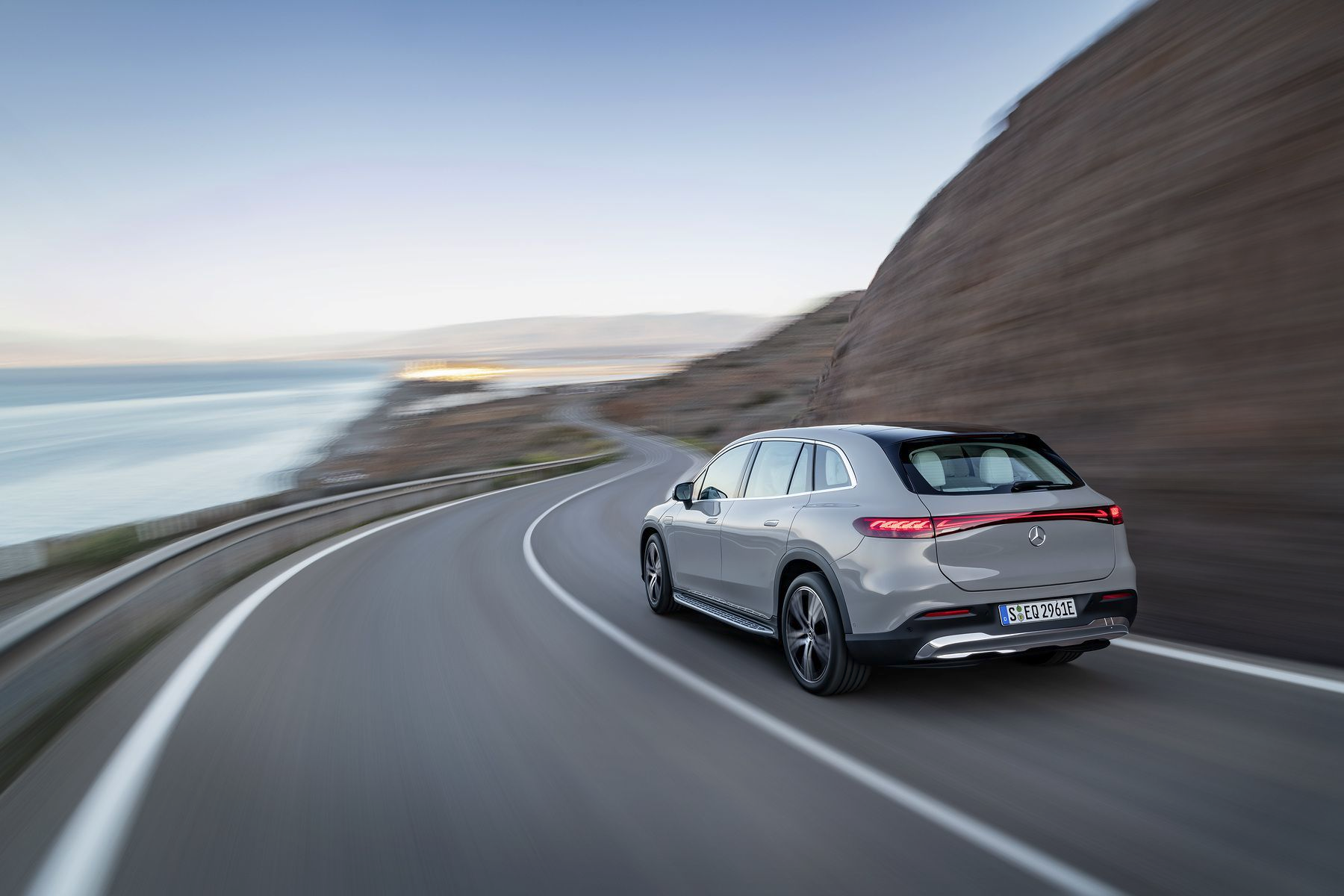
Power Endurance
- Maximum power: 265 kW, 265 kW, 400 kW;
- Maximum torque: 568 N·m, 800 N·m, 858 N·m;
- Battery capacity: 107.8 kWh, maximum DC charging power: 200 kW;
- WLTP range: 536 – 660 km, 507 – 613 km, 507 – 613 km;
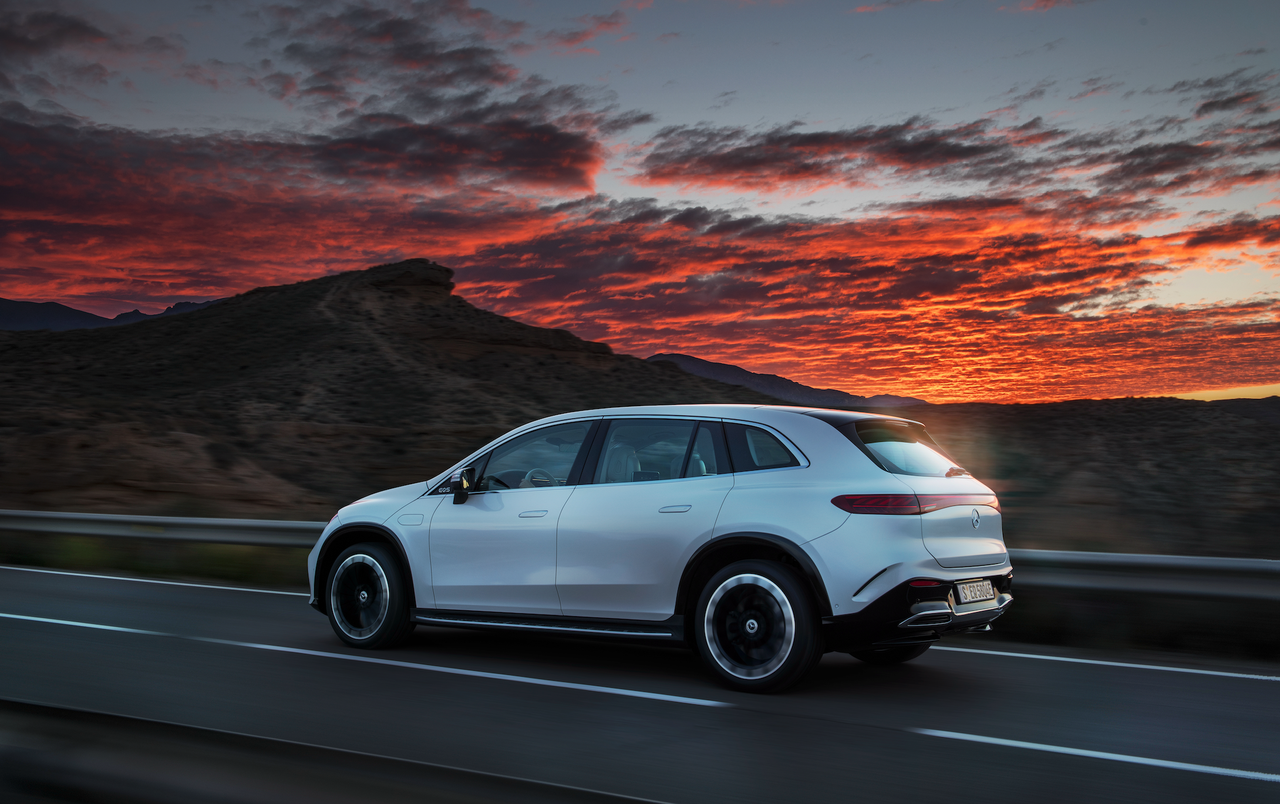
Intelligent Interior
- A 141 cm-long MBUX Hyperscreen;
- 8-core CPU and 24 GB of memory, specific chip model not mentioned;
- Dolby panoramic sound effects;
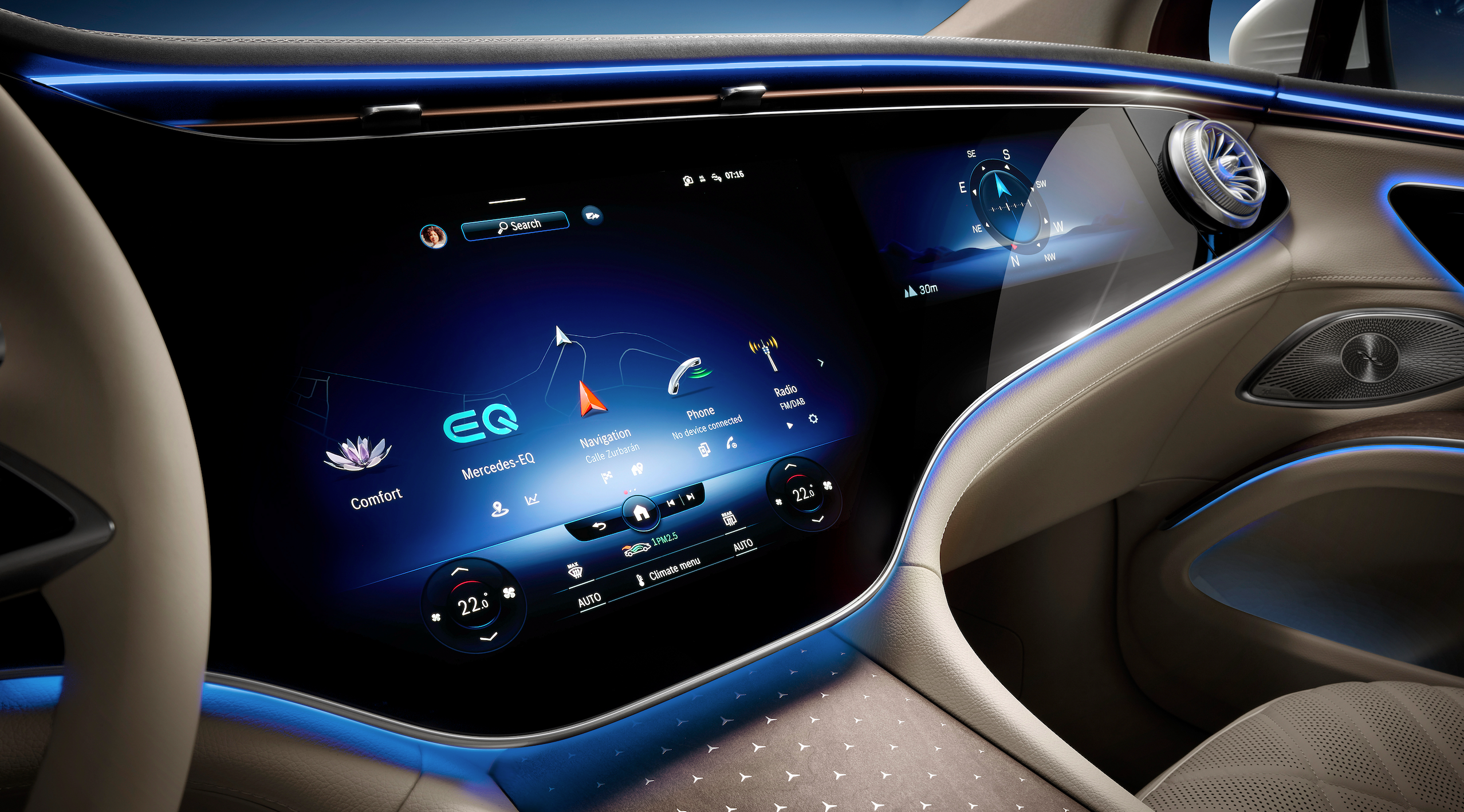
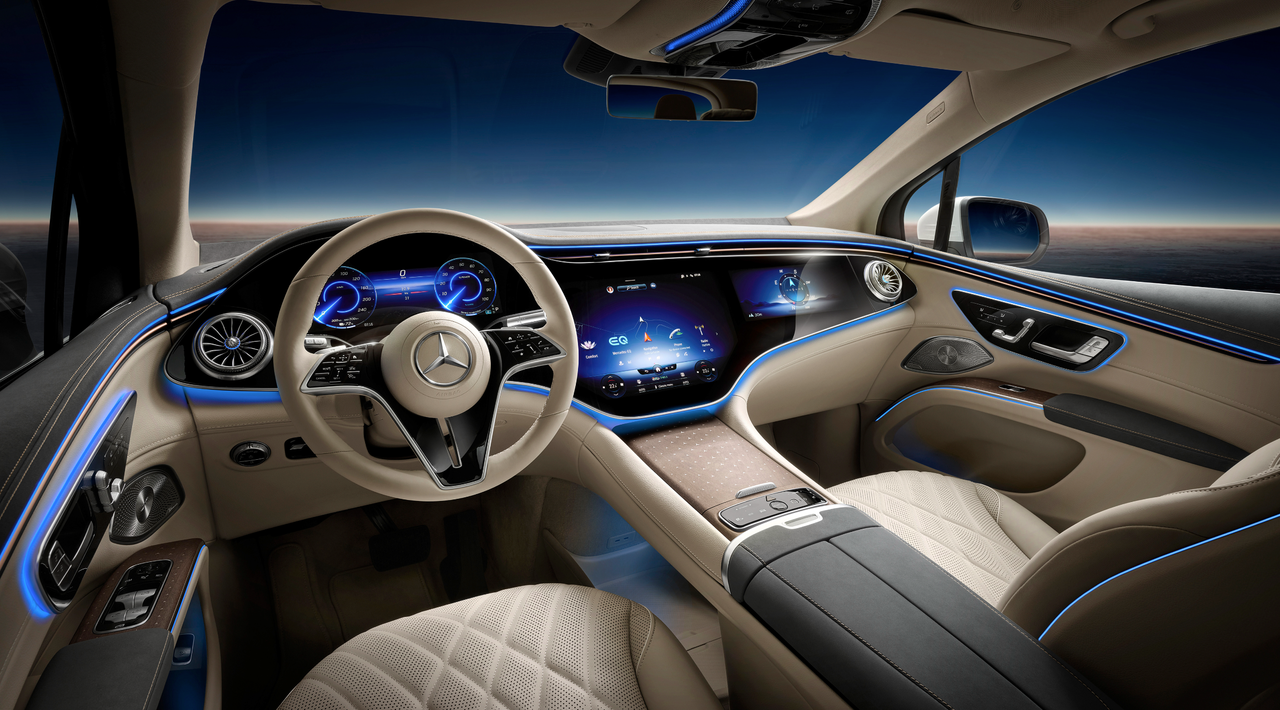
Seat Layout
- EQS SUV adopts a 2+3+2 layout, but from the real shot, the space performance of the third row is not ideal.
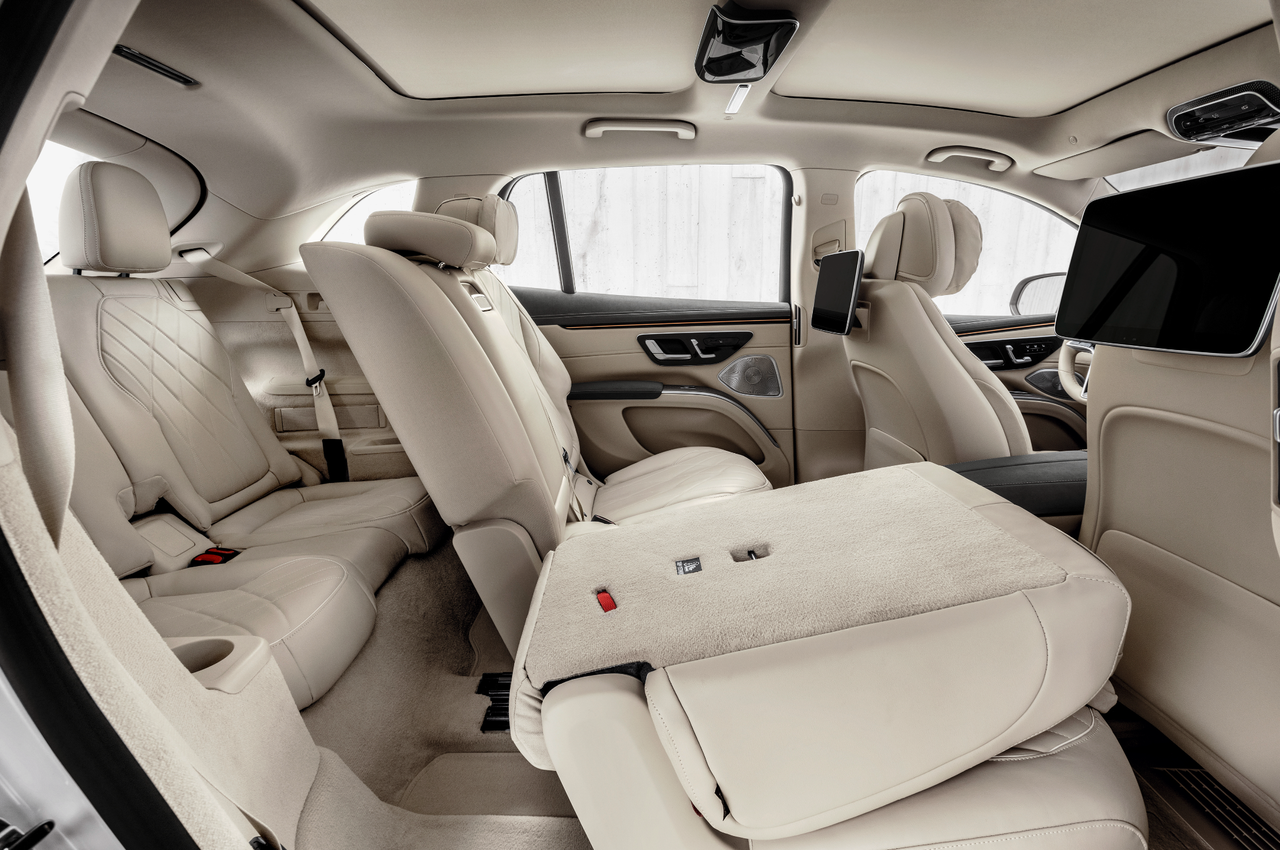
For all these performance features, for Chinese enthusiasts who are used to Tesla and new energy vehicles, these are probably not surprising. Considering the pricing of EQS and matching these performance parameters at a price point of over a million, it may even be disappointing.However, as the flagship electric model of Mercedes-Benz, EQS SUV’s focus is not only on electrification.
From the perspective of electric vehicles, EQS SUV’s parameters are not particularly outstanding.
At present, there are few competitors that can compete with EQS SUV at the million-level, even none. Except for pure electric SUVs in the supercar category, only Tesla Model X Plaid and BMW iX M60 can match EQS SUV. The former takes a technology route and is superior in performance, while the latter is a new flagship with balanced performance in all aspects.
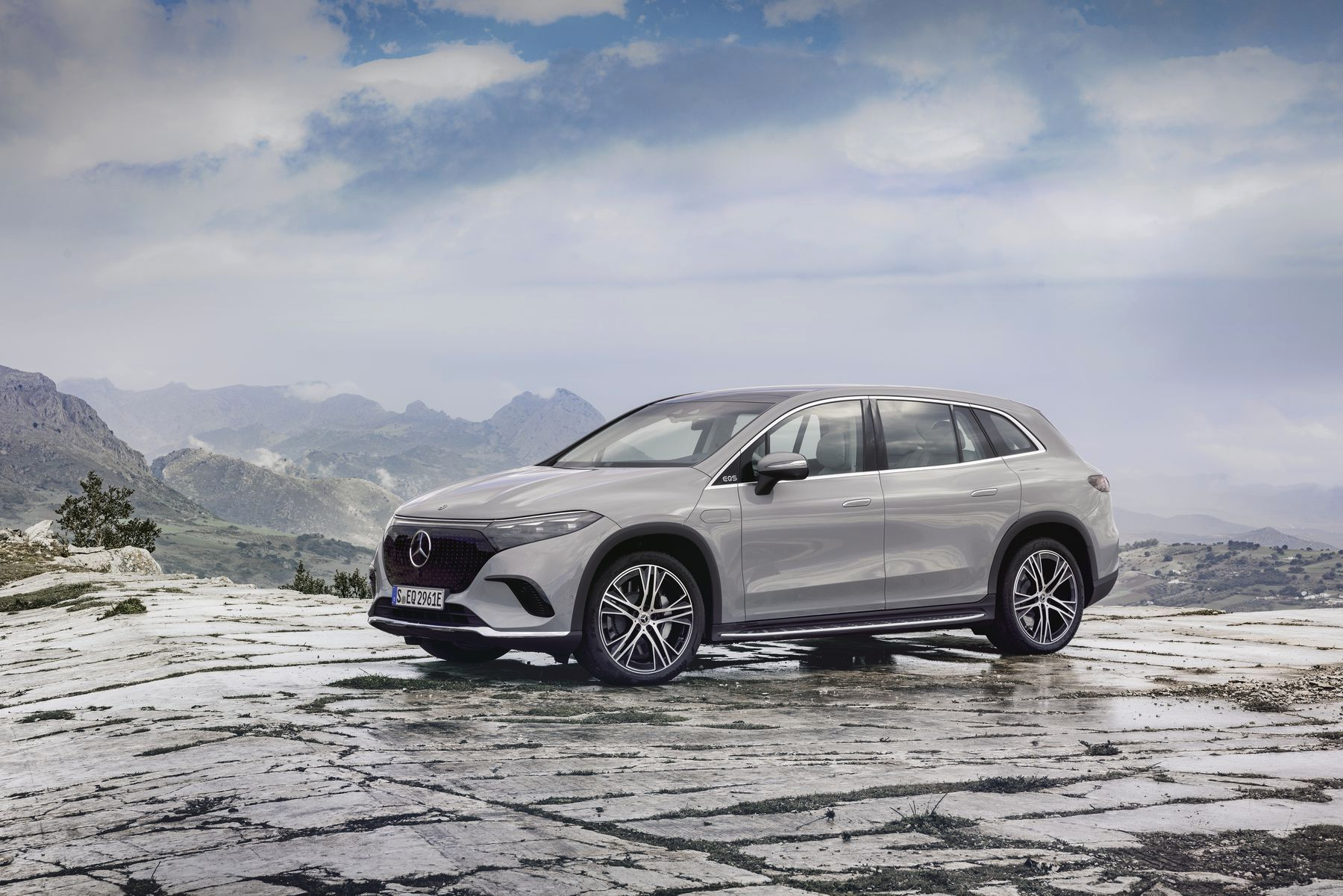
In terms of performance alone, the Model X Plaid has a maximum power output of 750 kW, 0-100 km/h acceleration in 2.6s, a maximum charging power of 250 kW, and a NEDC range of 536 km. Combined with Tesla’s powerful Autopilot automatic driving assistance system, it can be considered the performance ceiling of the same price range.
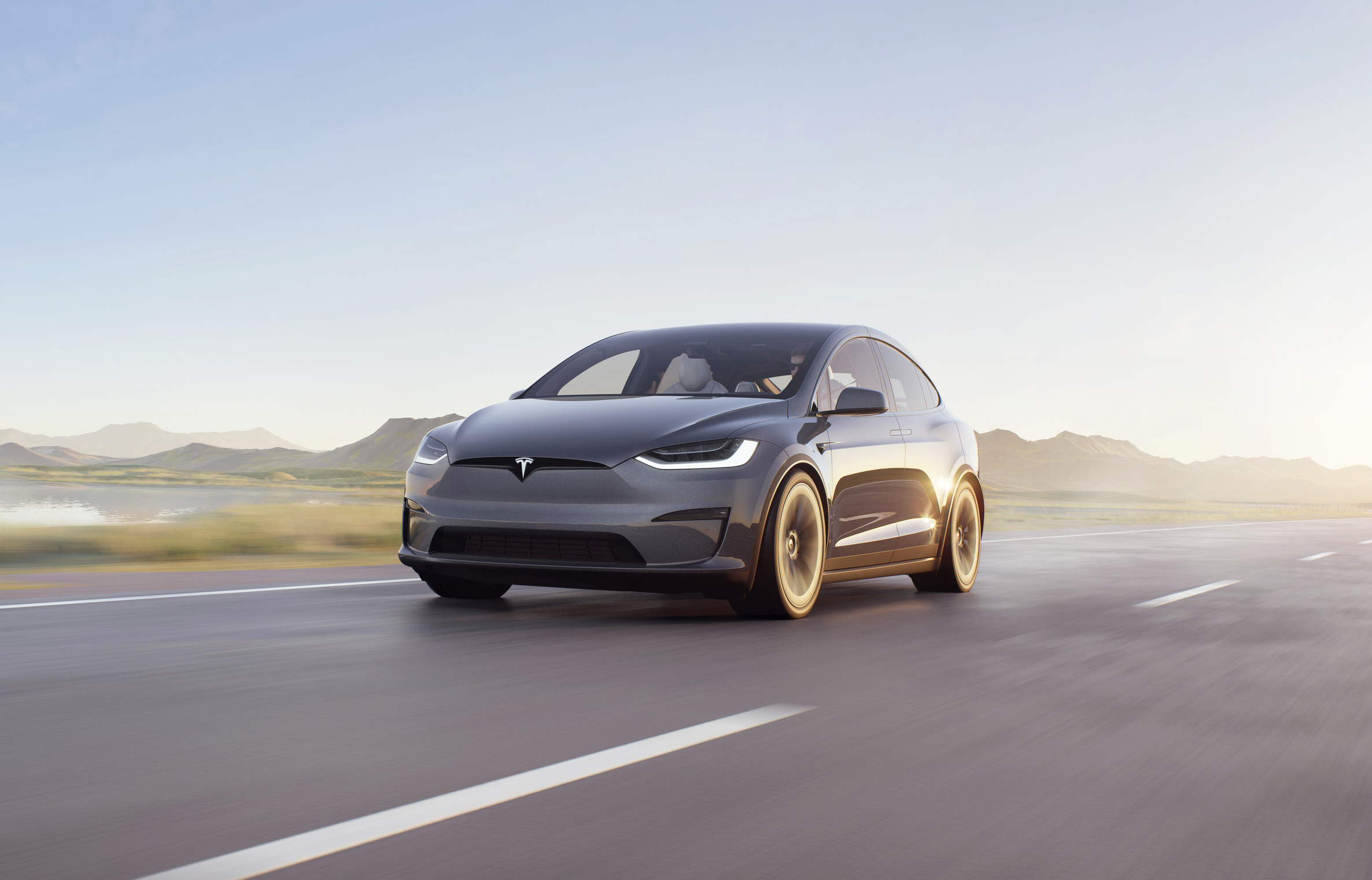
The BMW iX M60 is equipped with a pure electric drive system consisting of front and rear dual motors, with a maximum power of 455 kW, a peak torque of 1,100 N·m, 0-100 km/h acceleration in 3.8s, limited top speed of 250 km/h, and a WLTP range of up to 566 km.
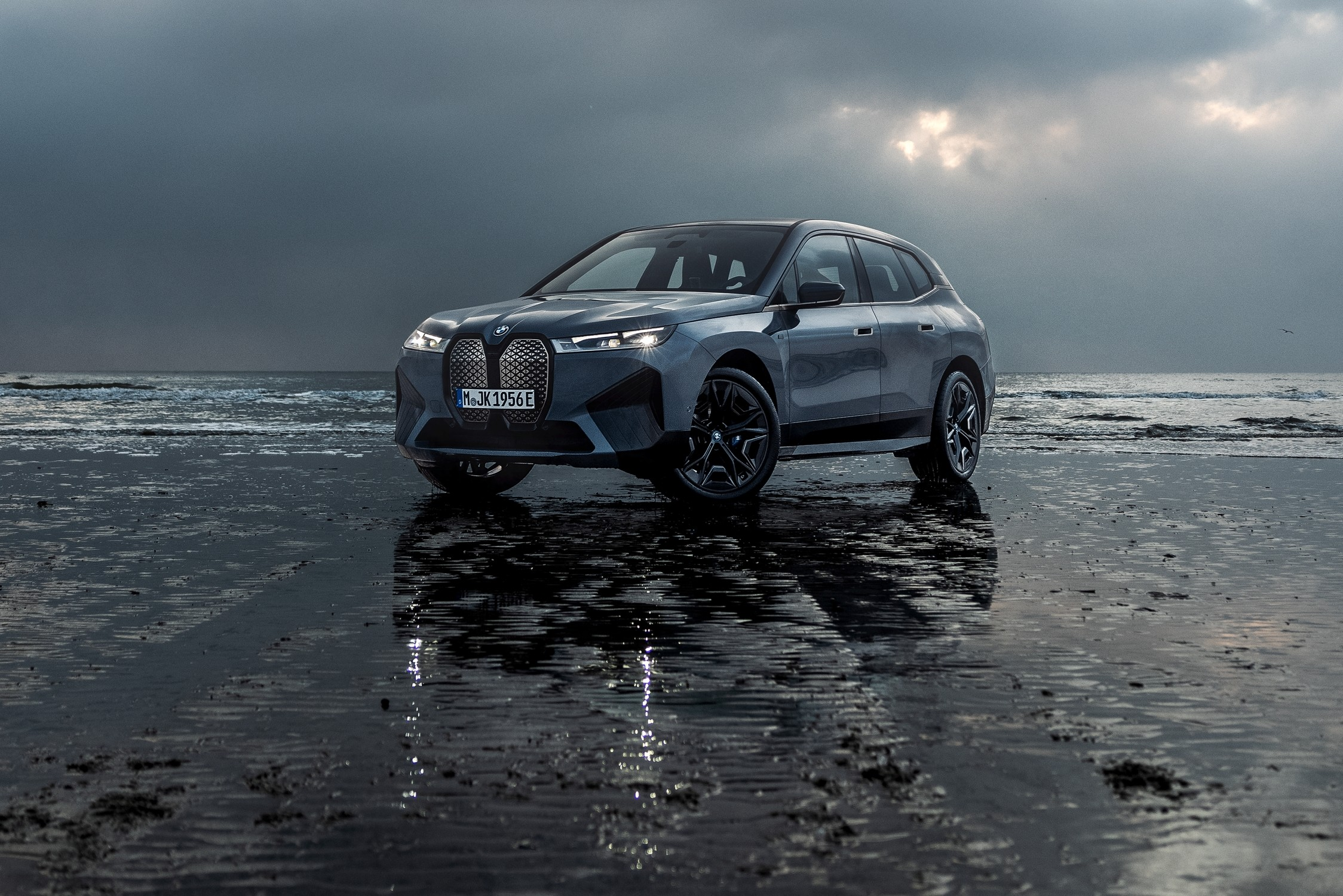
In front of the above two EVs, EQS SUV not only lags behind in terms of performance, but also has a higher price tag.
However, even in the era of electrification, performance is not the only criterion in the market where many budget cars can easily achieve acceleration performance of less than 5s. For some specific groups, powerful performance is even an optional choice, such as those who pursue brand and extreme luxury.
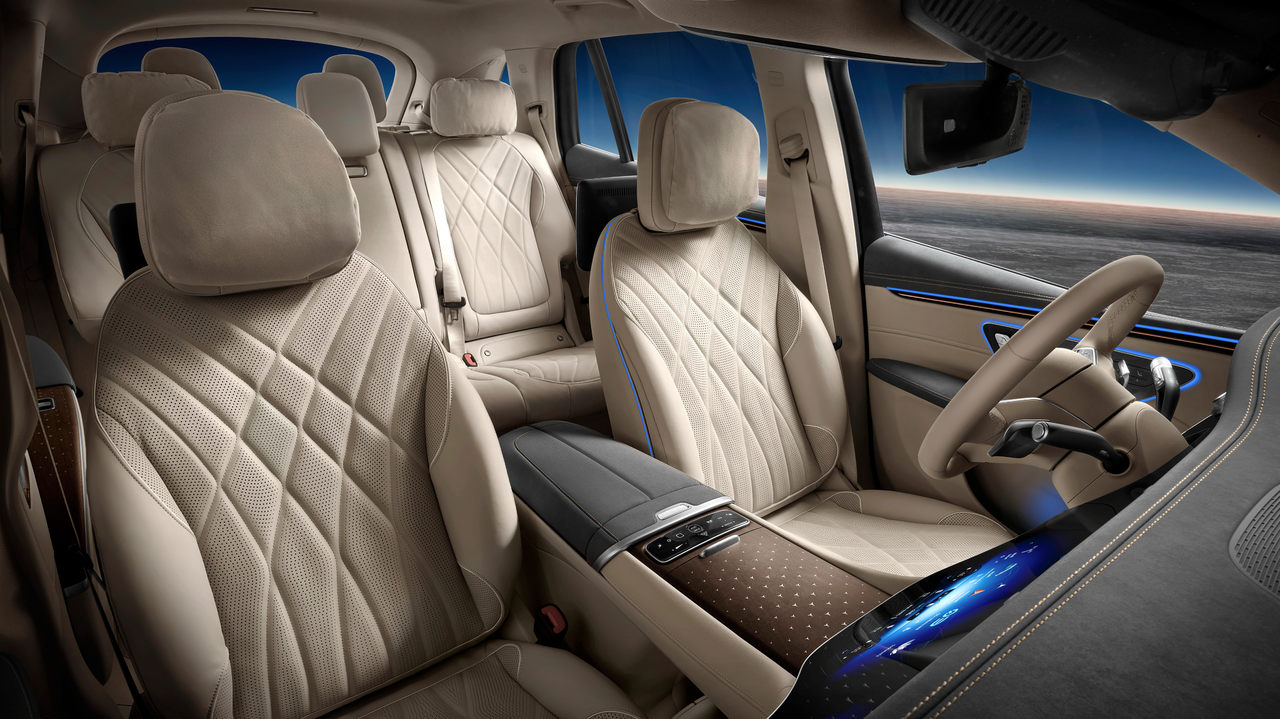
There could be a thousand evaluation standards in the eyes of a thousand car buyers, but for Mercedes-Benz’s potential customers, especially those at the EQS level, the evaluation standard must return to the essence of Mercedes-Benz, a luxurious and premium car.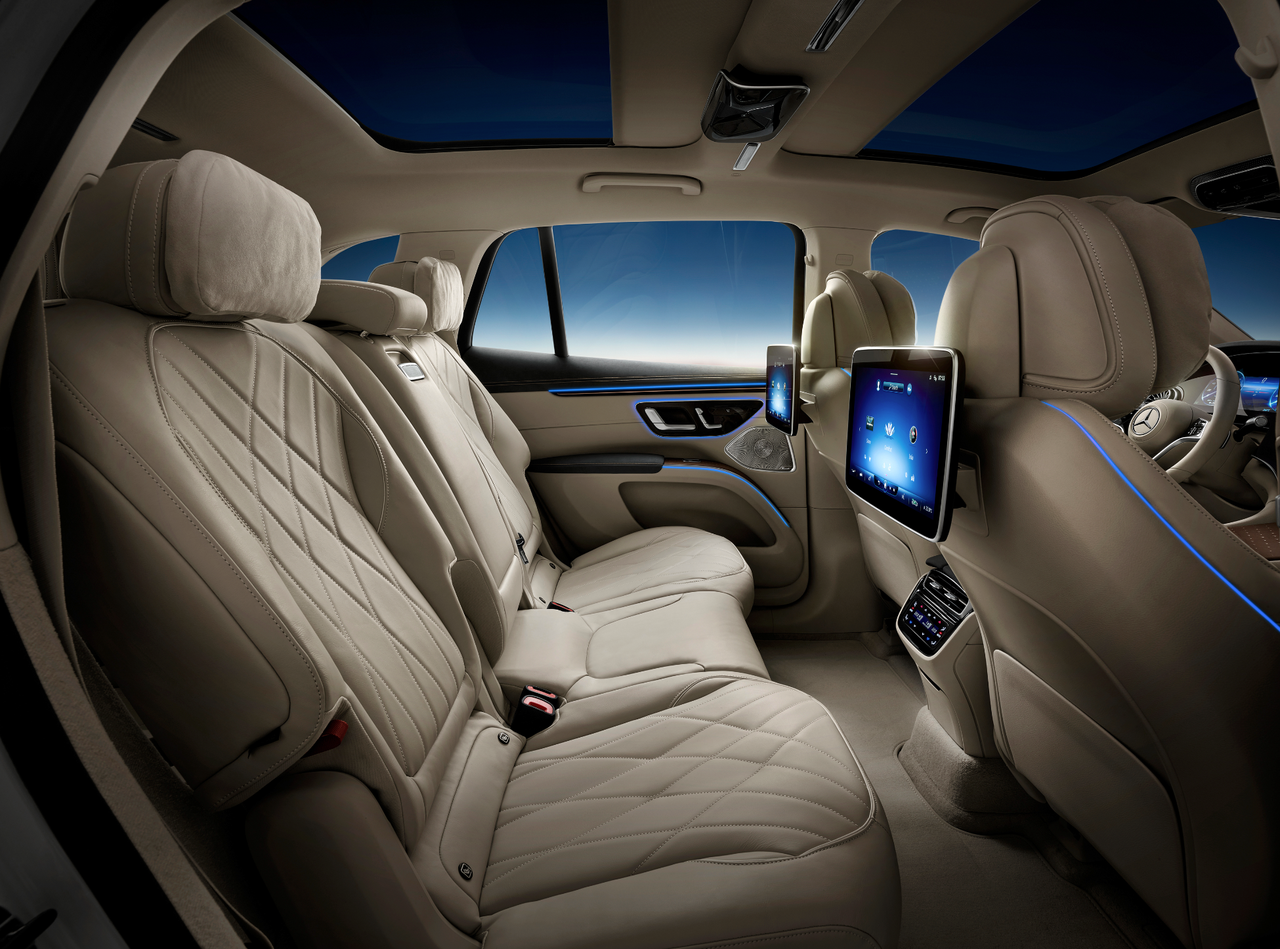
The EQS SUV is not merely another electric vehicle; it should be considered in the context of the entire luxury car market and Mercedes-Benz’s product line as a whole. Rather than being judged solely by other EVs available, the true significance of the EQS SUV lies in its place within the Mercedes product range, and its ability to outdo itself.
The opulence of the EQS SUV is evident in every aspect, but perhaps most notably in its interior detailing. From the ultimate attention to detail found throughout to the fact that it is the latest flagship product, it is easy to see that the EQS SUV is a true luxury car.
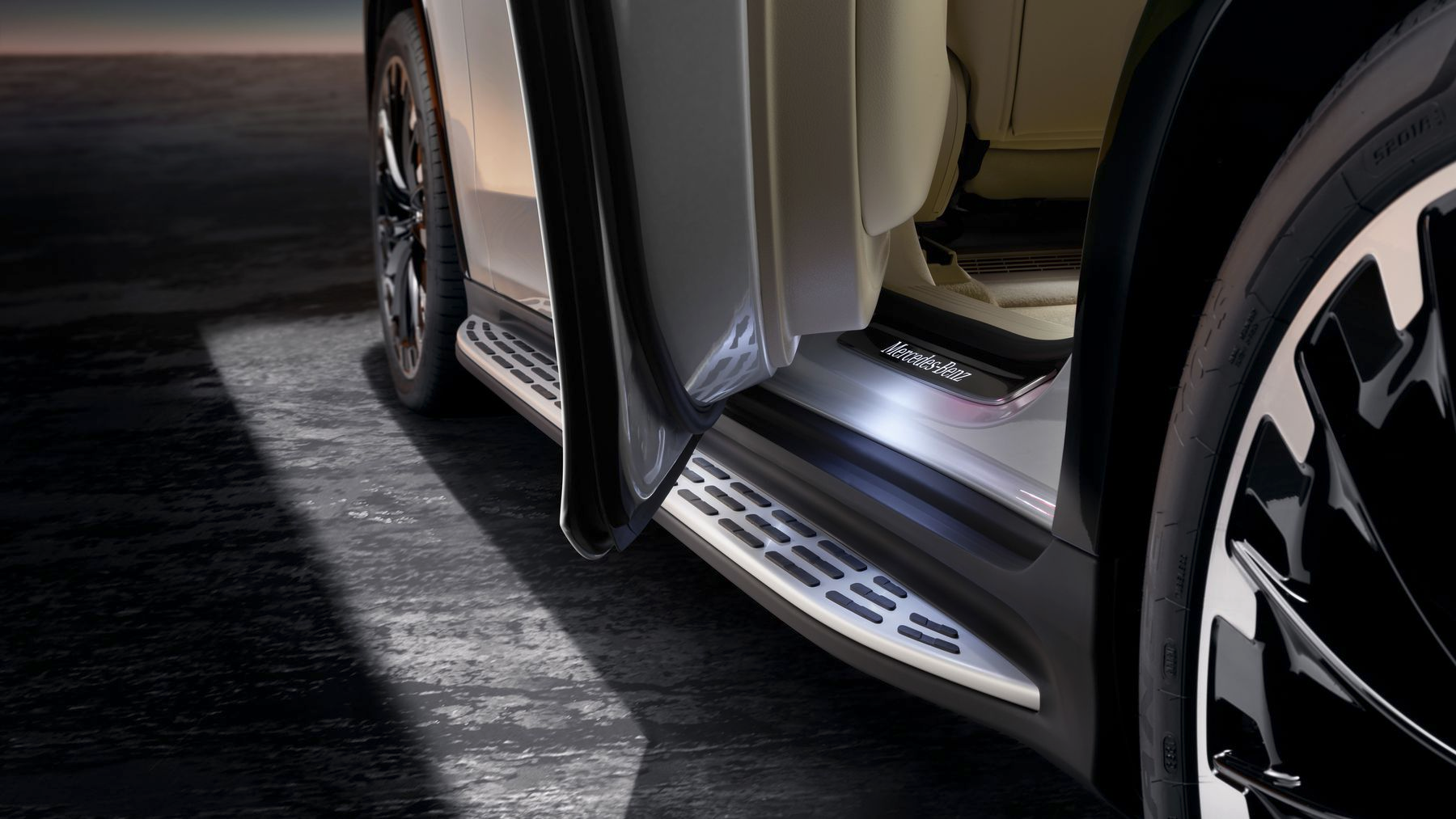
As both the S-Class and GLS continue to electrify, the defining factor of the Mercedes-Benz luxury experience remains unchanged. For Mercedes, luxury is more important than electric power, and the brand image is what truly sells. When comparing electric SUVs, the inherent advantages of electric power make luxury even more direct, and the EQS SUV is primed to take advantage of that.
Electric power brings an exceptionally quiet ride, paired with cutting-edge intelligent features; the luxury experience of the EQS SUV is sure to win out in the end, and that is enough.
Mercedes-Benz: The Next Step in the Age of Electric Cars
Nearly every luxury brand has established a roadmap for embracing electric power, and Mercedes-Benz is no exception.
Mercedes-Benz has made a promise to increase sales of plug-in hybrid and pure electric vehicle models to 50% by 2025, and to prepare for a comprehensive switch to pure electric vehicles by 2030 where conditions permit.
The EQA, EQB, EQC, EQE, EQS, EQV, as well as the EQS SUV have already been released by Mercedes-Benz. The EQXX concept car, which reached a single-charge mileage of 1,008 km, is a remarkable showcase of Mercedes’s expertise in electric vehicles. In 2022 Q1, Mercedes sold 67,800 plug-in hybrids and pure electric vehicles globally, a 210% increase year over year, with pure electric vehicles achieving a massive 21,900 unit sales.
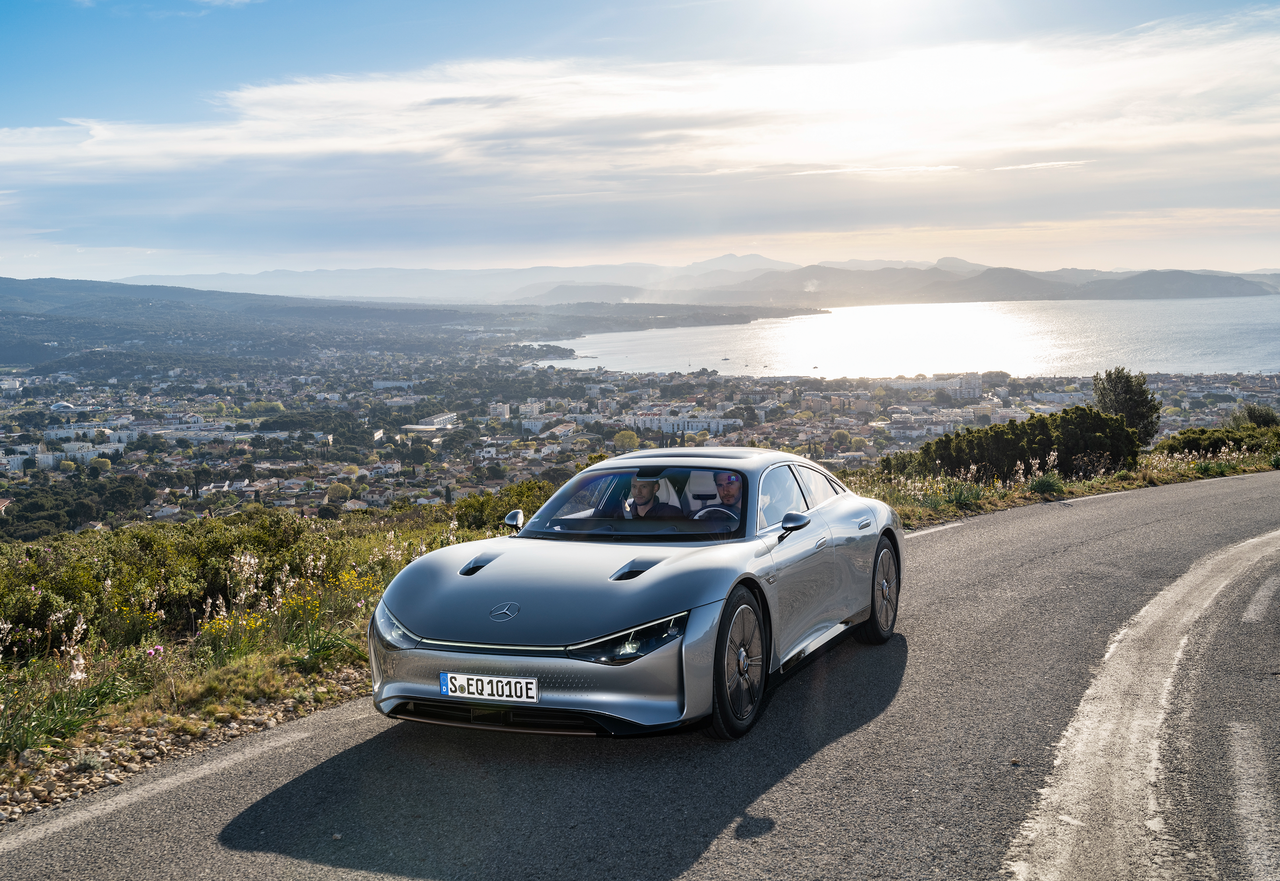
The EQS SUV model may not make a significant contribution to Mercedes’s sales, but as more people become aware of the appeal of electric flagship models, Mercedes is likely to continue to gain momentum in its electric drive.
This article is a translation by ChatGPT of a Chinese report from 42HOW. If you have any questions about it, please email bd@42how.com.
